Asia Pacific Wearable Medical Device Size
Asia Pacific Wearable Medical Device Market Growth Projections and Opportunities
The Asia-Pacific intelligent medical device industry is changing rapidly as economies grow. Due to rising income, people can afford more health and fitness services, thus they want smarter medical gadgets. To attract a wide spectrum of customers, companies are manufacturing affordable products. The percentage of old people in Asia and the Pacific is changing. This may explain the rise in smart medical gadgets. Wearable technology is growing as the global elderly population rises. This has increased the number of persons with chronic illnesses and those who require medical monitoring and care. The sector relies on fast technological development, including shrinking, internet connection, and sensors. These improvements make smart medical devices more useful and easy to use, making them more appealing to consumers and healthcare workers. The Asia-Pacific intelligent medical device industry is heavily influenced by government actions and pronouncements. This is because the government wants better healthcare and digital health solutions. It is very important to make the market friendly, so rules and awards need to be made and put in place to help these technologies grow. A growing number of people with long-term illnesses like diabetes, heart disease, and breathing problems are driving the need for systems that keep track of them all the time. With smart tech, you and your doctor can get information in real time that can help you solve long-term issues. Because people care more about their health and happiness, wearable medical technologies are becoming increasingly popular. The market for activity trackers, telephones, and other personal health technologies has grown as people take greater responsibility for their health. Collaboration between educational institutions, healthcare providers, and technological enterprises drives industrial growth. These partnerships make it easier to produce wearable medical devices. They also make sure the gadgets can easily connect to healthcare systems, which increases use. As more people use mobile health options, the personal medical device market is growing. Smartphones' rising popularity makes this possible. Mobile app compatibility improves use. People on the move will find it easier to maintain and monitor their health. Portable medical technology is needed due to changing health and fitness habits. These goods may suit busy, healthy people. This links client choices to industry changes in a positive way. The Asia Pacific Wearable Medical Device Market include both established and emerging companies. Continuous market movements and competing pricing schemes influence market dynamics. Customers have options, which boosts industry development.
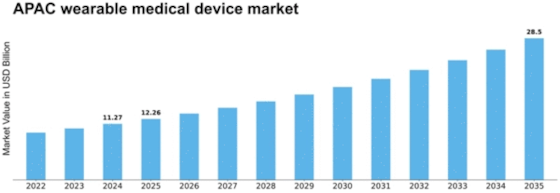

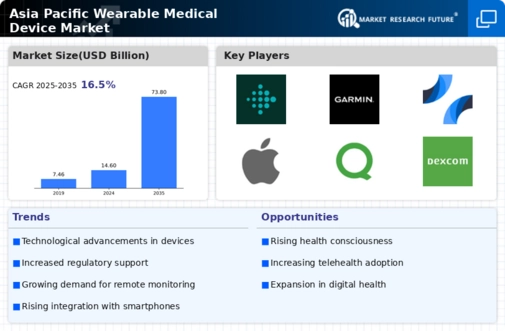
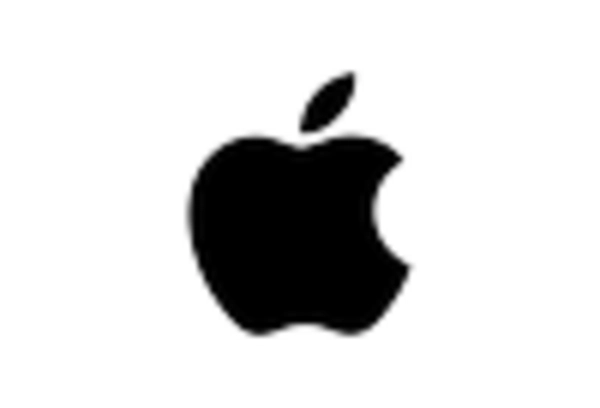
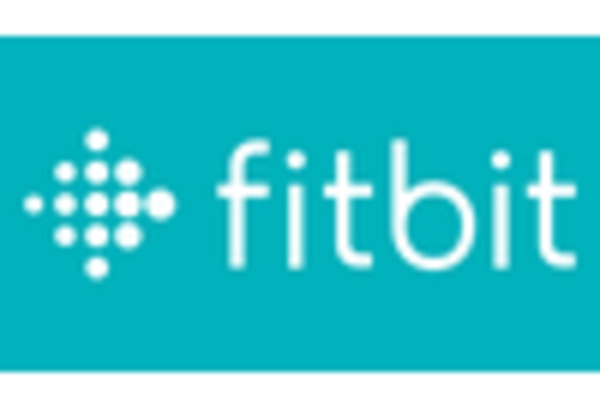
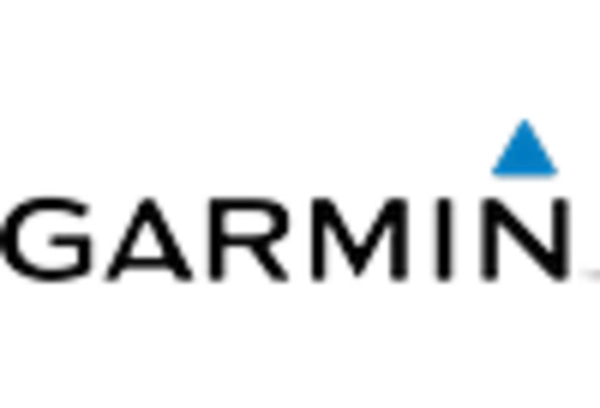
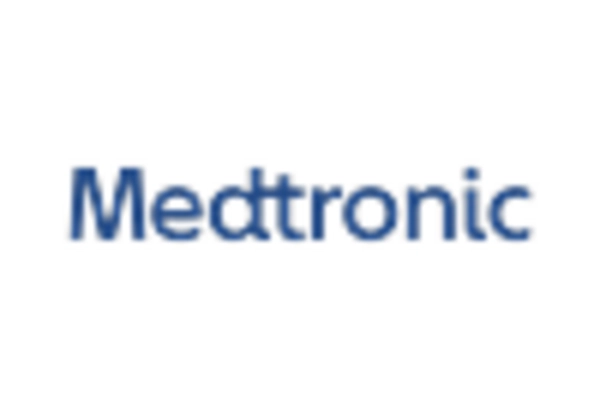
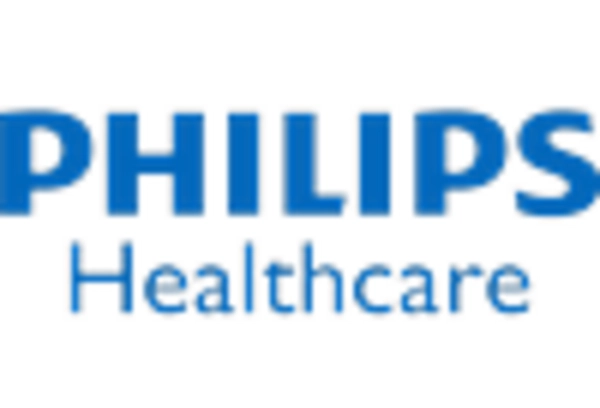
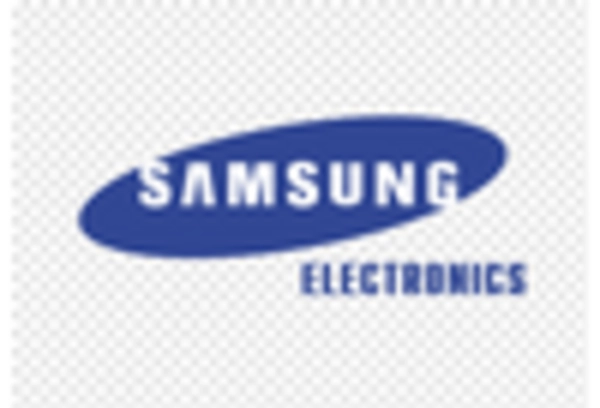









Leave a Comment